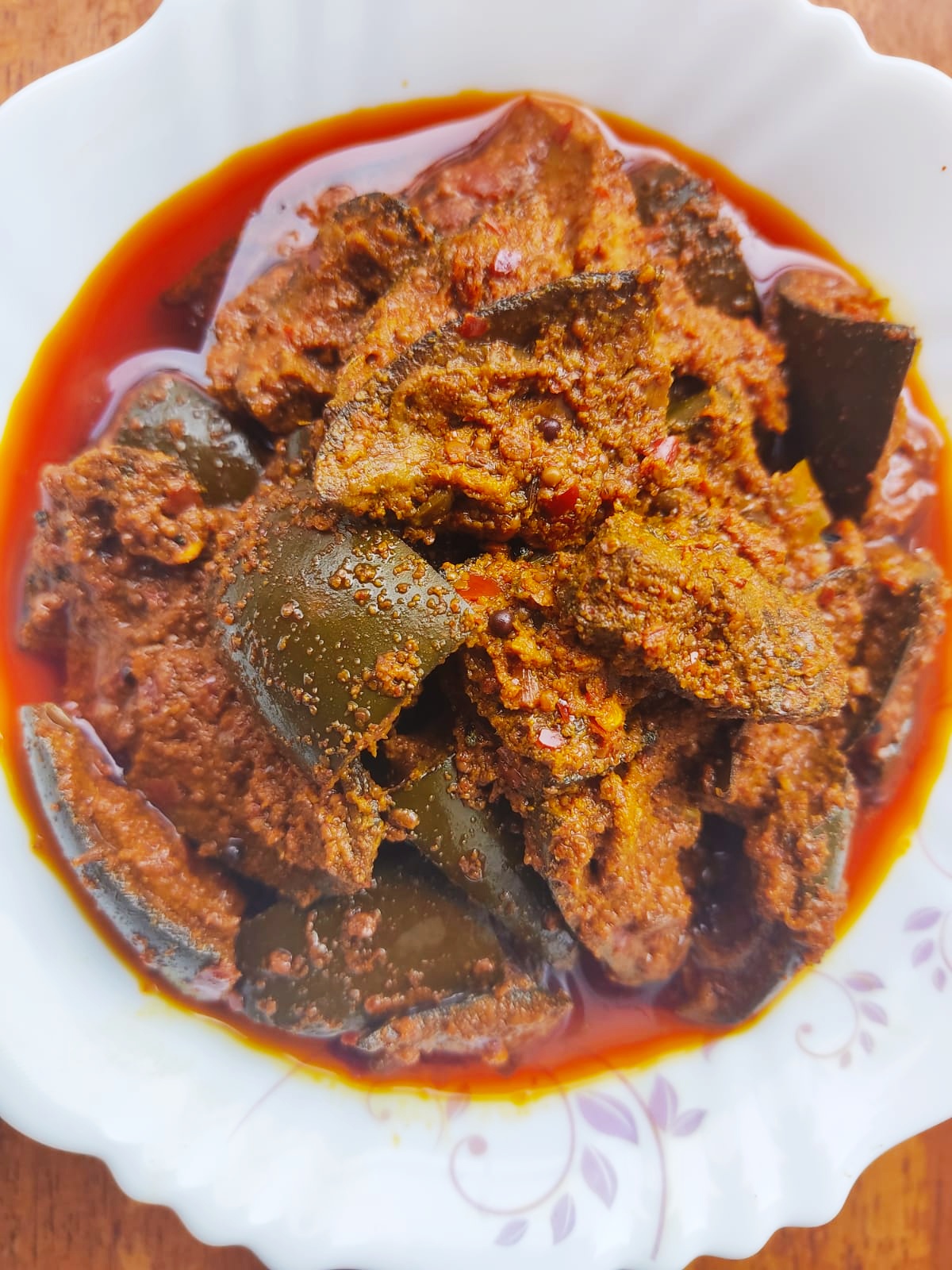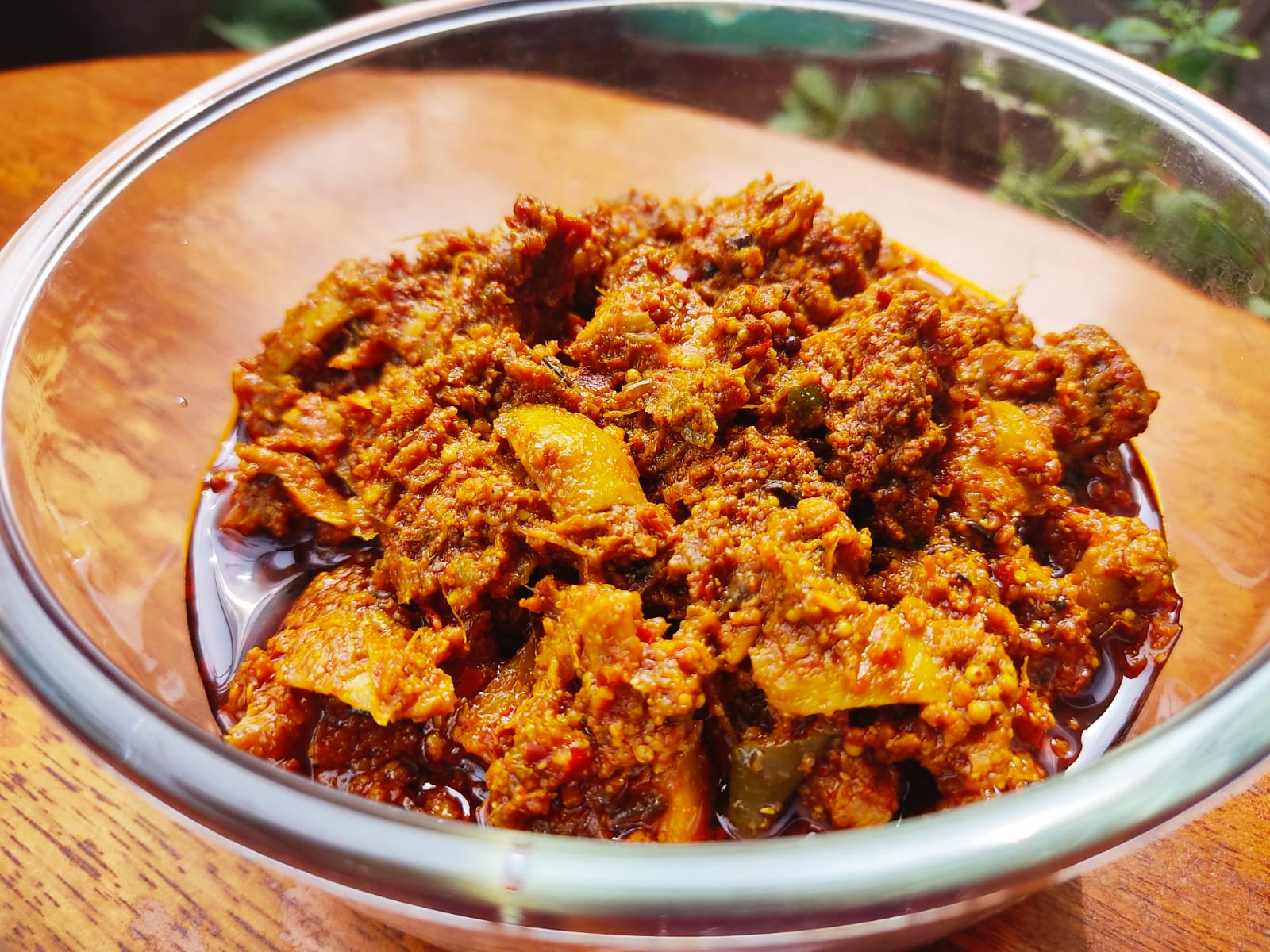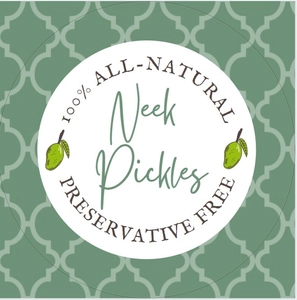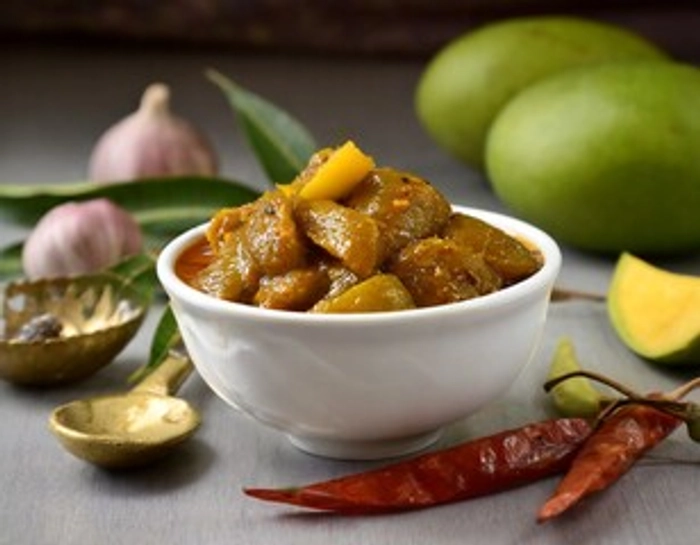Mango Pickle: The King of Indian Pickles - A Legacy of Taste and Delicacy
If there’s one food item in India that has earned the title of “King of Pickles,” it’s undoubtedly the mango pickle or aam ka achaar. Bursting with flavors, rich in tradition, and beloved across every region of the country, mango pickle is more than just a condiment; it’s a cultural icon, a symbol of seasonal change, and a true gastronomic delicacy. For centuries, it has been revered not only for its tantalizing taste but also for its ability to bring people together, be it during a family meal or festive occasions.
Let’s explore the significance, history, and enduring legacy of this regal pickle, a pickle that has captured hearts and taste buds for generations.
The Mango: The Fruit of Kings
The mango, often referred to as the king of fruits, is native to South Asia, with India being the world’s largest producer of mangoes. Its deep cultural, historical, and spiritual significance spans thousands of years, as the fruit is celebrated not only for its sweet and tangy flavor but also for its symbolic importance in Indian folklore and art.
While the ripe mangoes are cherished for their sweetness and fragrance, the green, unripe mango takes on a whole new avatar when it becomes the star ingredient in India’s most beloved pickle. It’s the tanginess and firmness of raw mangoes that make them perfect for pickling, their flavor absorbing the richness of spices and oil, which helps to preserve them for months, even in the hot summer months.

A Legacy Dating Back to Ancient Times
The tradition of pickling mangoes can be traced back to the Indus Valley Civilization (3300–1300 BCE), where the people first began experimenting with preserving food in salt, oil, and spices. Mangoes, due to their abundance in the tropical regions, were among the first fruits to be pickled.
Through centuries of cultural evolution, mango pickle has become an essential part of Indian cuisine, with each region putting its own spin on the recipe. From the elaborate preparations of North India to the spicier versions of the South, mango pickle has evolved into a diverse and cherished dish, but the essence remains unchanged: the marriage of mangoes with spices, salt, and oil, preserved over time to create a flavor-packed condiment.
The Varieties of Mango Pickle: A Regional Odyssey
India is a vast and diverse country, and this diversity is reflected in the many varieties of mango pickle available. Each region has its own unique preparation, influenced by the availability of spices, regional tastes, and climate. Here are some of the most popular varieties of mango pickle from different parts of India:
-
North Indian Mango Pickle (Aam Ka Achaar): In the northern states like Punjab, Rajasthan, and Uttar Pradesh, mango pickles are often prepared with mustard oil and a blend of spices like asafoetida, turmeric, cumin, fennel seeds, and garam masala. The pickles are slightly tangy and spicy, and they can either be chunky or smooth. The inclusion of mustard oil enhances the flavor, adding a distinct richness.
-
South Indian Mango Pickle (Mangai Oorugai): In Tamil Nadu, Andhra Pradesh, and Kerala, mango pickle takes on a spicier and tangier flavor profile. The pickles often use mustard seeds, fenugreek, red chili powder, and tamarind as key ingredients. In these regions, it’s common to see mangoes paired with the deep umami taste of nallennai (sesame oil), which imparts a rich, earthy flavor. The tanginess of raw mangoes blends beautifully with the fiery heat of red chilies, making it a perfect accompaniment to rice and curd.
-
Bengali Mango Pickle (Aam Kasundi): In West Bengal, the mango pickle is often prepared with a unique twist—mustard paste and mustard oil are used in generous amounts, creating a pickle that is both sharp and pungent. The Bengali aam kasundi is often thicker in consistency and may also include green chilies and nigella seeds (kalonji), offering a more piquant flavor.
-
Gujrati Mango Pickle: In Gujarat, mango pickles are sweet and spicy. Jaggery is often used in combination with tamarind and a variety of spices like mustard seeds, fenugreek, and asafetida. The sweetness of jaggery balances the heat of chilies, creating a unique flavor profile that is distinct to Gujarat. This pickle is often enjoyed with thepla (a Gujarati flatbread) or khichdi (a rice-lentil dish).
-
Maharashtrian Mango Pickle: Maharashtrian mango pickles, called "avakai," often feature a mix of tangy and spicy flavors, with red chili powder, mustard, cumin, and a heavy dose of sesame oil. The distinct flavor of jaggery or sugar also makes its way into some versions, offering a sweet-spicy combination that’s utterly irresistible.
The Art of Mango Pickle Making
Making mango pickle is an art form passed down through generations in Indian households. While there are countless recipes available, the process remains largely unchanged, a testament to the timelessness of this culinary tradition.
The process typically begins with the selection of raw, green mangoes, preferably those that are firm and not too ripe. The mangoes are cut into small pieces, often with their skin intact, and then coated with a mixture of salt, turmeric, and spices. These spices can range from mustard seeds and cumin to red chili powder, fenugreek, and asafoetida, depending on regional preferences.
Once the mangoes and spices are mixed together, they are placed in a jar and allowed to ferment in the sun for several days. The exposure to sunlight helps the pickle develop its characteristic tangy and spicy flavors. Mustard oil or sesame oil is often added to seal the pickle and enhance the preservation process. The oil helps to retain the pickle’s freshness, while also imparting richness and depth to the flavors.
As the days pass, the flavors meld and mature, and the pickle transforms into a complex blend of tang, spice, and richness. A well-made mango pickle can be stored for months, and it only improves with age, developing deeper, more intense flavors as time passes.

The Legacy of Mango Pickle: A Taste of Tradition and Togetherness
Mango pickle is more than just a condiment—it’s a symbol of Indian culture, a link to the past, and a celebration of flavors. In Indian households, no festive meal is complete without a serving of mango pickle. Whether it’s a simple dal-chawal (lentils and rice) meal, a paratha, or a grand wedding feast, mango pickle is the perfect accompaniment, elevating the meal with its tangy, spicy punch.
In rural villages, the tradition of making mango pickle is often a family affair. Grandmothers teach the art to their daughters, and they, in turn, pass it down to the next generation. It’s a ritual that bonds families together, allowing them to share stories, laughter, and, of course, the exquisite flavors of homemade pickle.
Mango pickle is also a reflection of the Indian spirit of "Jugaad", or resourcefulness. The ingredients—spices, oil, and salt—are simple and widely available, yet they come together to create something extraordinary. The pickle is a perfect example of how everyday ingredients can be transformed into something special, lasting, and full of character.
Conclusion: The Timeless King of Pickles
Mango pickle has earned its place as the King of Indian Pickles not only for its unparalleled taste but also for its deep cultural roots. From ancient times to modern kitchens, it has remained a constant, beloved across generations, regions, and communities. Whether you’re enjoying a fiery version from the South, a tangy pickle from Bengal, or a sweet-spicy one from Gujarat, mango pickle continues to reign supreme in Indian culinary tradition.
Its legacy is one of tradition, taste, and togetherness—a legacy that will surely continue to thrive, jar by jar, for generations to come.


